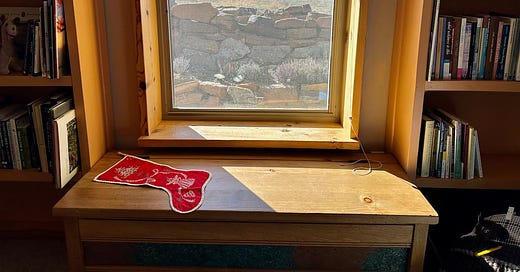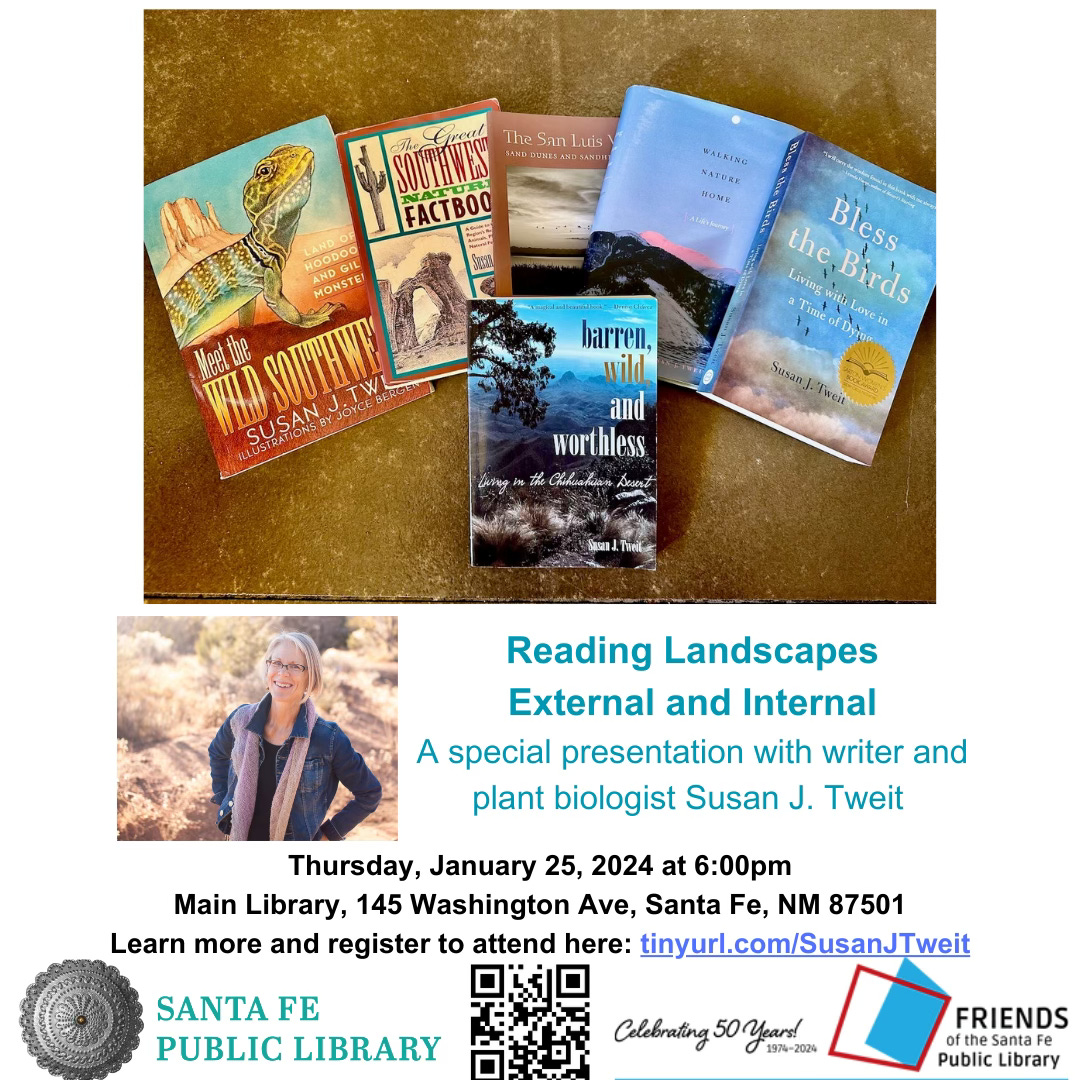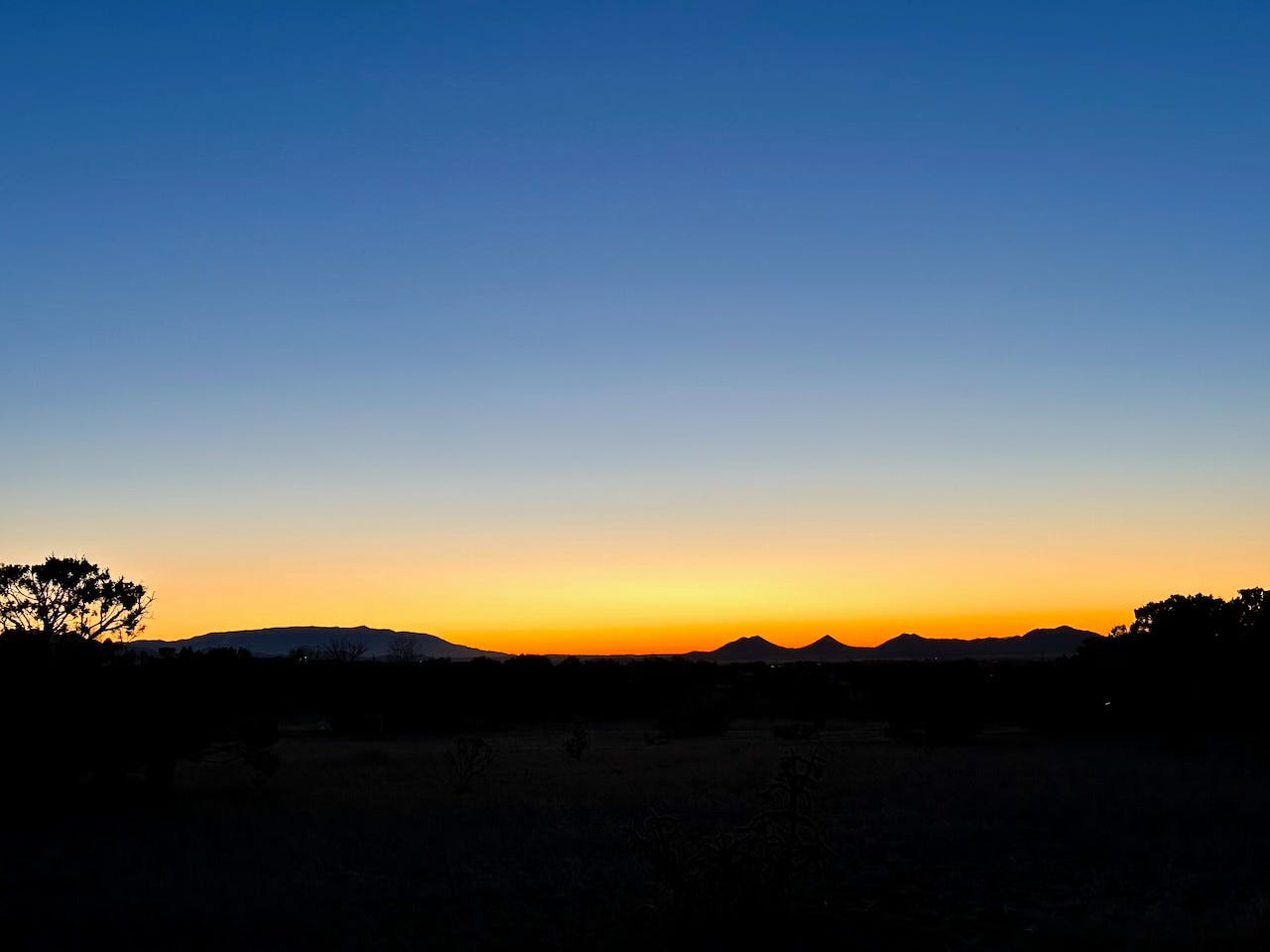There is some kiss we want with
our whole lives, the touch of
spirit on the body. —RumiHello friends, and welcome to Practicing Terraphilia in a year of spiritual thinking. Thanks for joining me on this exploration!
As I wrote last week, I am beginning a project that both excites and terrifies me: shifting my life and my perspective away from striving to achieve, to be somebody or gain something, toward simply being the best me I can be. Toward loving this world just as it is, battered yet still thriving, and also loving all who travel with us on this third rock from the sun.
I am not going “away” on a spiritual retreat somewhere else; I am giving myself permission in the form of time and space to deepen my life in the midst of everyday, quotidian existence.
The Four Phases of Life
The seed for this year was planted by a friend who introduced me to the ancient Hindu idea of the four phases of life, beginning with the “student” phase, where we learn (spiritually and materially) how to be a human, and then the “householder” phase where we are preoccupied by maintaining a home and career and raising a family. Once our householder obligations are fulfilled, we transition into the “forest dweller” phase, where we take time to reflect on the wisdom we have learned in the first two phases of life. The fourth phase is the renunciation phase, where let go of material life and devote our days to spiritual concerns and, if so moved, teaching.
Forest-Dwelling
We are, my friend said, in the age of entering the forest dweller phase, where our focus shifts from achieving to reflecting.
The idea of this phase resonated me, helping me understand my own increasing pull toward reflection. (Not surprisingly, perhaps, my two most recent books—Bless the Birds: Living With Love in a Time of Dying, and Walking Nature Home, are both memoirs, a genre that draws strongly on the author’s reflections on what she has learned from events in her life, and what might be illuminating to others from that journey.)
I had no idea how becoming a forest dweller might manifest for me. So I tucked the idea in the back of my mind and continued doing, which in my case meant working at re-storying houses and blighted land, and writing. And wandering from place to place across the part of the West that I call home, the native range of big sagebrush, the aromatic shrub that is my familiar.
It wasn’t until just recently, after I finally found my forever home in this house out on the prairie outside Santa Fe that I could think about forest-dwelling and what it might look like for me.
How Will this Year Work?
There is a necessity to be still sometimes and let life happen to you, to let your manner of being in the world be changed by what happens to you so that you will have a different self out of which to write. —Louise Glück, From The Paris Review, The Art of Poetry No. 115, Winter 2023 (Thanks to Terry Tempest Williams, who posted the quote on her Instagram feed)
I don’t know how this year will work. In fact, if I thought I did, I would be closing myself off to all that might arise. So here’s what I’m going to do, and I invite you to join me. I’ll explore spirituality as I experience in these weekly reflections. And about once a month, as part of a Sunday reflection, I’m going to issue a call to join me in an exercise that will aid that exploration.
The call might be to write something, or read or listen to something; it might be to explore some aspect of your experience or some way of thinking/ believing/ seeing the world. It might be to invent a ritual or practice for yourself. I’ll hang out in the comments section in the days after each call and respond to questions, thoughts, and any discussion that arises, and I’ll also monitor my emails.
The point is simply to explore what thinking more spiritually means, recognizing and respecting the most important part: spirituality is individual, because it arises out of our own selves and cells, and we are each different. I believe that we share the seeking and the love for the world, or you wouldn’t be here reading this.
But First, a Quick Announcement
I am giving a free talk/reading at the Santa Fe Public Library, Downtown Branch (a beautiful building, if you don’t know it!) on Thursday, January 25th at 6:30 pm.
“Reading Landscapes External and Internal” is related to this year of spiritual thinking: I’ll talk about how a botanist from a culture of science found her voice. About finding the courage—the huevos, “balls”—to speak up for this earth. About learning to speak from the heart as well as the head, from the small still voice of spirit within. About learning to write with my heart outstretched as if it were my hand. If you or anyone you know lives in the Santa Fe area, please share this announcement! Thank you.
This Month’s Call: Write Your Bio
I’m starting my year of spiritual thinking by considering how I see myself. Because I realize that I am in a liminal state. The old way I saw myself no longer fits.
articulated how I feel in her essay “Burning It Down” on Oldster Magazine:In Borderlands/La Frontera, Gloria Anzaldúa describes Nepantla, a Nahuatl word for in-betweenness—‘“a space,” as she explains, “where you are not this or that but where you are changing.”
Nepantla was the state I was in, a space I’d rarely heard described.
But changing into what? And why?”
The truth is, we are always in transition, from birth to death, changing every moment. The irony is that humans as a species do not like change. We prefer to think of ourselves as static. Yet we’re not. At all. Ever. And those old self-images can be painfully constraining.
So let’s take a hard view of how we see ourselves by writing a bio, a paragraph on who we are and what we want others to know about us.
Write your bio paragraph and then read it out loud. Ask yourself: Is this me today? Does this describe the whole me? Circle words you like, add others, play around. Color it if that feels right. Play with that bio until it fits, until it expresses the who you are now and opens space for who you may grow into.
To get us started, here’s the bio that I use when I’m giving a talk or teaching a workshop or contributing an essay to an anthology. It’s my professional face:
A writer and plant ecologist, Susan J. Tweit began her career in Wyoming, studying grizzly bear habitat—which involved collecting and dissecting bear poop—mapping historic wildfires, and researching big sagebrush. Tweit began writing after realizing that she loved writing the stories behind the data as much as collecting the data. She's written thirteen books ranging from memoir and nature writing to kids and travel, along with hundreds of magazine articles, columns, and essays. Her work has been featured in Best American Nature Writing and dozens of anthologies; her latest book, Bless the Birds: Living With Love in a Time of Dying, won the Sarton Award for memoir. Tweit’s passion is re-storying this earth and we who share the planet, with the hope of leaving this world in better shape than she found it. She writes from a small house on the wide prairie outside Santa Fe, New Mexico.
Adequate, but not very personal. It is, in fact, the me of the career part of my householder phase, without the family included. It is not, it occurs to me, anything like the totality of me now. Nor does it hint at what is within, what moves me to do the work I do. Or where I may be evolving.
When describing ourselves, what we leave out—the negative space, as it were—speaks just as loudly as the positive space. I’ve left a lot out of the bio above. Things that say at least as much about me as what I included.
This is what came to mind as I wrote the paragraph above:
I am in Nepantla. The space in between: A widow, a step-mother of a grown daughter, an elder in her family, a woman no longer young, a scientist who works solo, a writer still searching, a re-story-er of land and houses, a spinner of stores about this earth who is motivated by a cell-deep, passionate and compassionate love for this planet and all who share it. I am a Quaker by choice and a Celt (Scots-Norwegian, and oh, the interweaving of genes there over many centuries!) by birth.
How we see ourselves shapes how we walk through the world. So let’s play with how we see and describe ourselves until we come up with new representations for who we are—in whatever phase of life we are currently in, accounts that leave space for all we can become.
Try it, and if you are so moved, leave a comment and share key words or phrases and what you learned!







I forgot about forest dwelling! Now I know why I’m doing it—except my forest is the undersea variety, the corals. I’ve long experienced the fish here like I used to experience birdwatching, but I hadn’t stopped to think about the corals as their forest! ❤️
This is a wonderful assignment. It occurs to me that we will write a short bio differently, depending on who we think the audience is. For instance, I was just asked to write a bio for the staff section of the web page of our church, where I am the Pastor Emerita. I wrote it according to the guidelines they gave me, but also aware that what was most interesting to them was the story of how I came to the church. Tim is a member of a singing group and was recently asked to write a new bio for their program page. Since he is one of the few amateurs in the group (and has no long list of acclaimed performances) he wrote a very humorous paragraph that captured who he was, and celebrated the value of the amateur without ever saying as much.
So, your assignment… I guess I am writing to myself. This is taking more thought than I first imagined…I cannot practice any guile here…